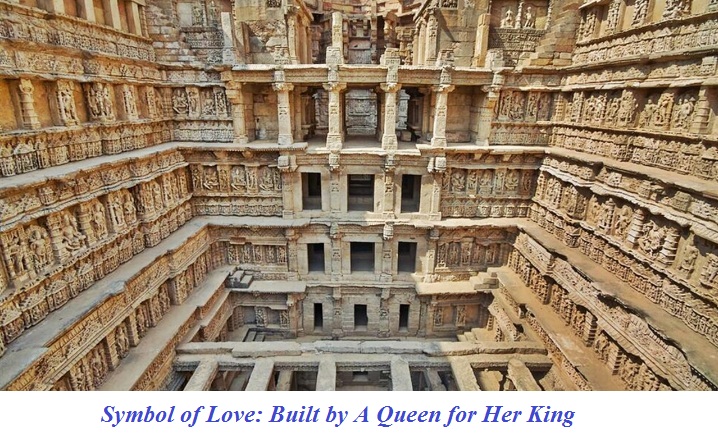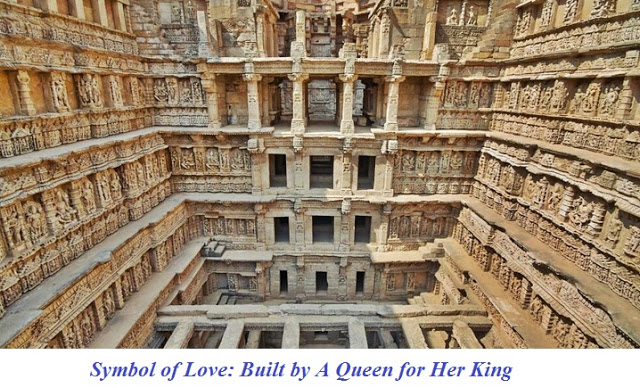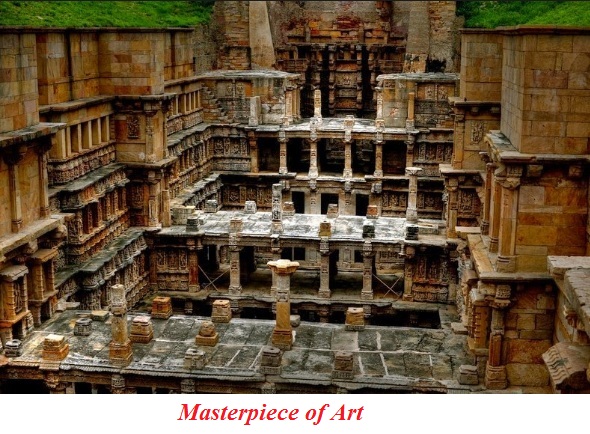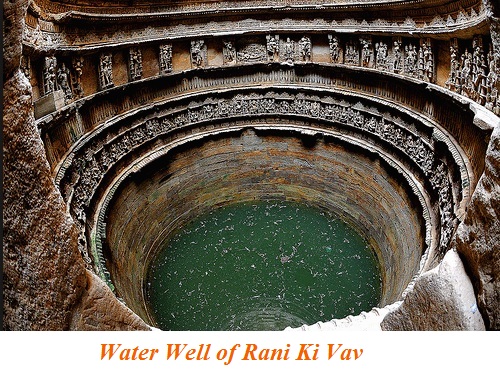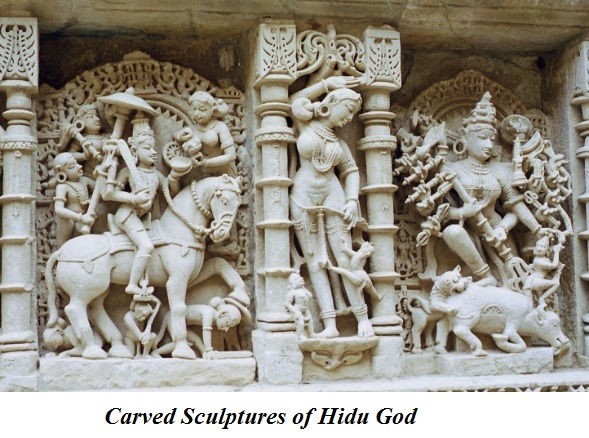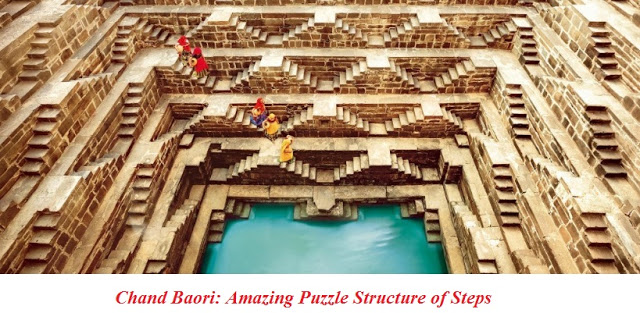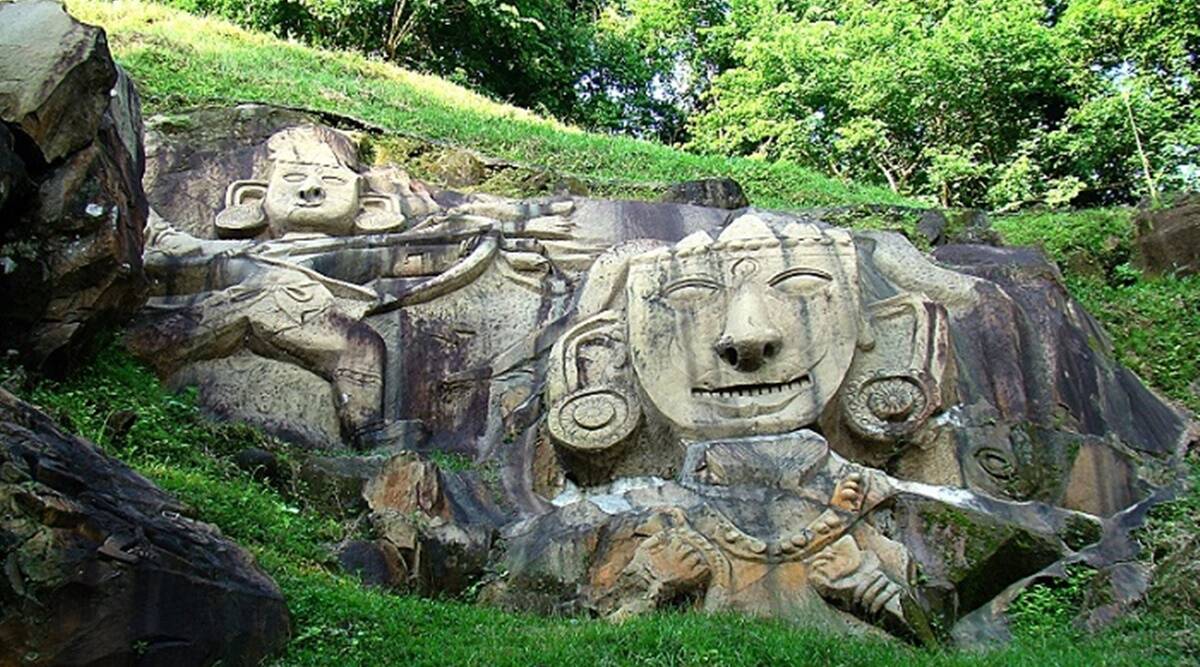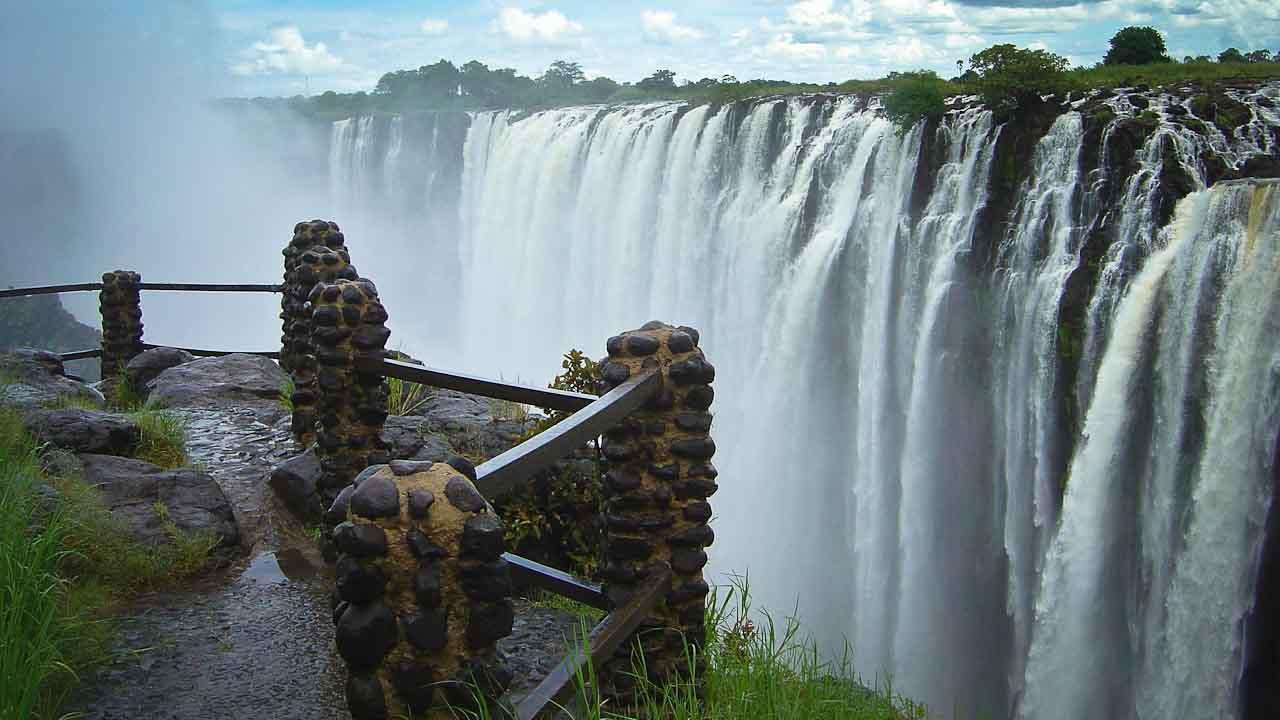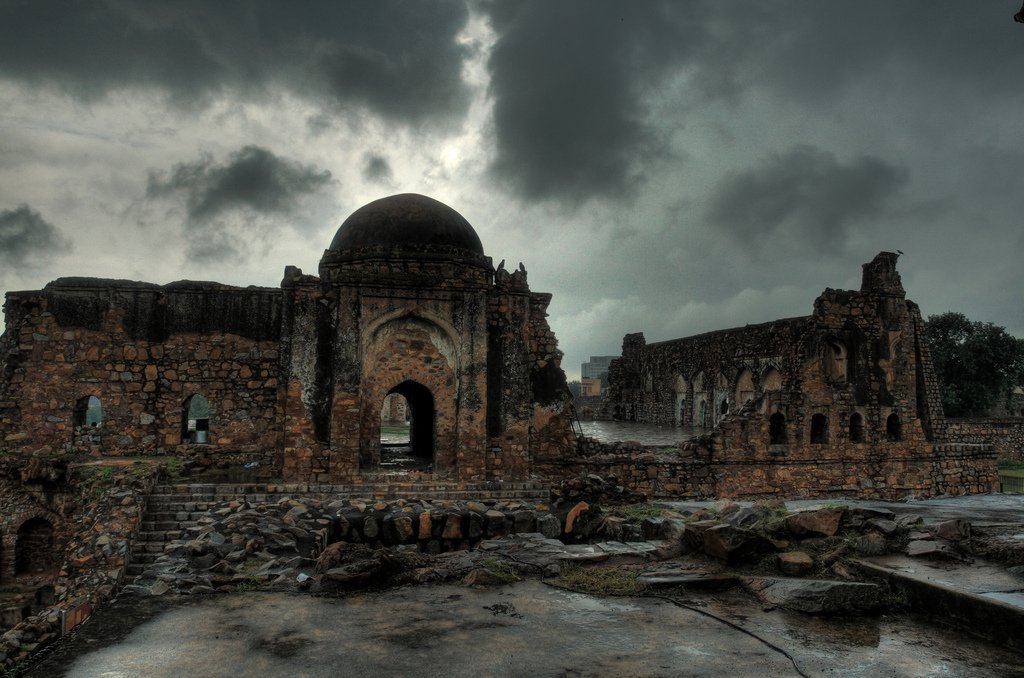The mesmerizing step wells of ancient time of India always fascinate tourists from country and also from other part of world, for their unbelievably remarkable carvings and superb architecture. Here are two living legacy carriers of step wells from ancient India.
Rani Ki Vav (Gujarat)
Rani Ki Vav in the Gujarat state of the country is amongst the best step well of the country. This is not only famous for its architecture but also the special historical background of it.
Symbol of Love
In India there are number of monuments built in memory of beloved wives by the kings from time to time, the most famous is Taj Mahal. These symbols of love are still standing across the ages. This monument Rani Ki Vav is unique in its history and was built as symbol of love in the country of Taj Mahal much before Taj was built, but by a queen in memory of her passed away husband. It is situated near Patan in Gujarat.
History
This unique heritage was built in 11th century by queen Udayamati of King Bhimdev of Solanky dynasty of Gujarat. This monument is a living glimpse of rich art of carving and is considered to be a masterpiece of traditional sculpture art. This vav was hidden from the modern world till late 1980s. During 13th century due to geotectonic changes caused a heavy flood as well as disappearance of river Saraswati. The stepwell stopped working because of this and then remain buried almost for 7 centuries up till it was discovered in 1980s.
Masterpiece of art
It is made upside down and that too in the ground as an inverted temple devoted to sacredness of water. It measures about 64m long, 20m wide & 27m deep, and is a 7 storey structure. As we move down to different galleries of it, about 800 sculpture in these galleries will take you in another world of art. The majority of sculptures are devoted to lord Vishnu of Hindu religion. It is one of the most and finest step well in India and masterpiece of legacy of ancient India.
The centre part of it focuses on 10 incarnations of Lord Vishnu known as “Dasavtars”. Once we move towards the bottom level of vav Lord Vishnu has been carved in the form of resting over the heads of 1000 snakes.
The pillars and walls of it are mesmerizing symbols of Maru-Gurjara style of architecture. The bottommost level of it is now blocked by silt and stones, which otherwise was a passage of escape, nearly 30 kilometer in lenght to nearby villages. This was used by kings as escape route by king during the defeat.
The fact about this step well is its huge size, and is said that visitors moving over it seems like ants climbing over and anthill. This vav was not only used for collecting water, but had high spiritual significance. These step wells are unique form water resource and storage systems constructed in dry states like Rajasthan and Gujarat of India in old times.
This amazing structure has been recognized as world heritage site by UNESCO, on 22 June 2014.
Best Time to Visit
If you really want to enjoy the charismatic view of it, best time to visit is early in the morning when rays of rising sun covers the whole complex and makes it to look like as bathed in golden sunlight.
How to reach
It is situated about 125 kilometres from Ahmedabad with a journey time of about 3 hours. It is well connected with Ahmedabad by buses and airport.
Chand Baori (Rajasthan)
Abhaneri village of Rajasthan is famous for its ancient legacy marvel of stepwell known as Chand Baori, a marvel of age 1200 years old. It is among the only few left masterpieces of fusion of science, architecture and religion in India.
History
It was constructed by King Chand Raja of Gujara Pratihara dynasty in 9th century. It is India’s deepest and largest stepwell and is about 64 feet deep with 13 floor structure.It consists of around 3500 steps arranged with perfect symmetry with precise mathematical calculations and goes down to 20m. The steps are so designed that they form a magnificent maze pattern, which further in the light and shadow play make it eye catching site.
The Architecture
As we move down the stairs the baori starts narrowing, criss-crossed steps are made to reach at water level. The puzzled design of steps make it to look like a never ending path to deep underground. Even though it has an open structure of the well, yet the temperature of the well at the bottom remains 5 to 6 degree less than the top surface.
As we move down the stairs the baori starts narrowing, criss-crossed steps are made to reach at water level. The puzzled design of steps make it to look like a never ending path to deep underground. Even though it has an open structure of the well, yet the temperature of the well at the bottom remains 5 to 6 degree less than the top surface.
The steps encircle the water surface from three sides, whereas fourth side has a pavilion with 3 storeys. These storeys are carved with beautiful jharokhas, Galleries being supported by pillars and balconies to have a beautiful view of it.
How to Reach
Abhaneri is 90 kilometres away from city of Jaipur. The best way to reach there is by taxi or own vehicle. You can also opt for railway.
The Route by taxi or own vehicle is Jaipur, Dausa, Sikandra and then Abhaneri.
By Train: Jaipur, Bandikui Junction and from there by bus to Abhaneri.
Kindly like us, share us, comment and follow us.







